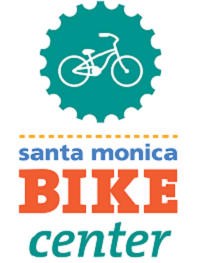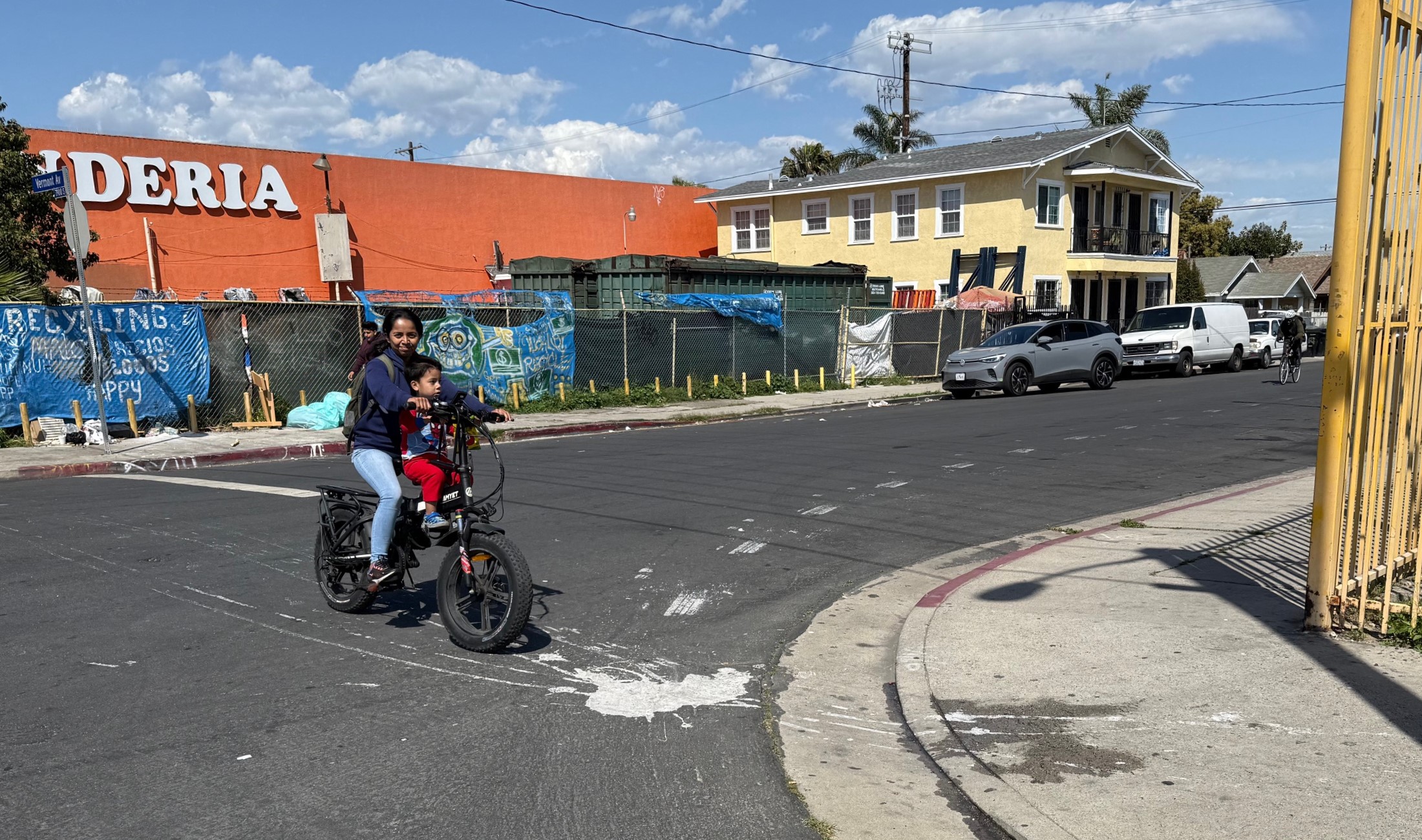With the local campaign heating up in Santa Monica, so too is the rhetoric of competing visions for the future of the city.
While Santa Monica is in the midst of some significant changes, there is one loose affiliation of local voices with a vision largely based on not building anything and trying to preserve in amber the way life was in Santa Monica 20 years ago. These voices often shout above others, literally and figuratively, at local meetings, in letters to the editors, in local papers and media, and in internet comments. And, a few of the new council candidates are running on that message.
From projects as big as the proposed California high-speed rail system to things as small as allowing a grocery store to open in a vacant commercial space in Santa Monica, there are calls to halt -- to not do anything -- development in protest of potential impacts.
Sometimes grievances with new developments of various kinds are legitimate concerns. Sometimes they are loaded with hyperbole or half-truths (not that developers are saints in that regard, often touting more benefits than the reality).
The sheer volume of these voices gives them an illusion of being more representative of local sentiment than is necessarily the reality.
Moreover, projects are nearly always framed as though impacts, positive or negative, only come from developing a new project. Rarely are such arguments called out or framed by the trade-offs inherent in building, not building, or deciding how much to build. And, there is little discussion of the impacts of doing nothing.
There is a very real cost to doing nothing, and often the people who lose out the most by the preservation of the status quo are vastly underrepresented in the public process and discourse.
Take for instance the property at 1433-1437 14th Street, near where I live and which is proposed to become redeveloped into a 3-story condo building. The project just had a public hearing at the planning commission this past week.
There was no big pitchforks-style gathering as I had encountered at the first meeting for a proposed Fresh & Easy renovation of an existing vacant property, but a few of the usual complaints came up in public comments. No one particularly wanted the property on 14th to stay exactly as is, per say, but some suggestions from the public were made that building any more housing there, especially at three stories high, would have too great an impact on traffic.
If some of the new occupants that move in are people already working here but not living here, which I consider likely, traffic impacts on top of what the present baseline is may not even be an issue. The location is well-positioned for bike commuting, east/west Rapid bus lines, and is a walkable distance to a grocery store and the downtown. And, given the long-term trends, I think we may just be done with the growth of driving miles in the United States.
The property on 14th as it exists today, is a run-down former assisted living center that has been abandoned for years. It is a blight in the community that drains value and offers nothing in return.
Trash gets thrown around it; drunks walking by from the bar literally piss on it. The building has, at various times, had rats coming out of it, people squatting in it, and it has been flooded, causing mold. Before it was finally boarded up (after numerous reports of issues at the property), you could walk by and see abandoned wheelchairs inside. It wasn’t that uncommon to hear rumors in the neighborhood that the building was haunted — really.
This particular example is a little more extreme than most, but it illustrates clearly and directly that doing nothing has a cost and an impact.
Continuing to do nothing, as done in this case for years, means we would keep a plot of privately-owned city land that contributes no activity to the local economy (an opportunity loss cost), causes diminished value and quality of life to neighboring residences, and creates a dark, overgrown corridor that feels uncomfortable to walk along at night.
Not redeveloping this residential lot would also represent a lost opportunity to create housing and address the work/housing imbalance in Santa Monica. The market pressure of a workforce that has grown faster than new places to live contributes to a lopsided imbalance of people commuting into Santa Monica and pushes the cost of living up further. All of these factors and more should be considered when ever we talk about the trade-offs of development.
Assuming this project moves forward, when new neighbors start moving in, my wife and I will give them a warm welcome. I look forward to more people walking 14th St. who have a stake in keeping the neighborhood pleasant, and an end to people taking advantage of an eyesore to dump trash and participate in who-knows-what illicit activities there.
There are cases of development truly running amok or creating unmitigated impacts (the Water Garden and Yahoo Center come to mind), and I do sympathize with many concerns some locals raise regularly against development issues. There are also serious life-altering dilemmas when redevelopment involves displacement of former residents. I don’t want to “Manhattanize” Santa Monica with big towers any more than anyone else, nor do I think hyper-density is necessary to have good, walkable urbanism. I’ve spent some time in lovely walkable/bikeable cities with good transit service where very few buildings topped 3 stories in height.
I regularly oppose or call to change projects myself, from the enormously costly public works projects like the 405 widening that will offer questionable benefit, to overbuilding on local parking garages, private and public, which I view as the real fertility drug of car traffic, not more housing for people (to borrow a line from Donald Shoup). We shouldn't build just for the sake of doing so, and not all projects are worth doing. But change is necessary. The auto-centric and sprawled way we've arranged our society for the past half a century is model that won't last -- it is inherently unsustainable. Any new development should have that in mind.
However, if we are going to have an honest conversation about development, we need to drop the hyperbole of calling a pedestrian-oriented grocery store occupying an existing building "a traffic nightmare," or a hotel expansion an asteroid coming to destroy life on planet Santa Monica.
We have to acknowledge that doing nothing, or wrapping projects in red tape for so long a developer might as well have proposed nothing, is not without its own direct and indirect impacts as well. In most cases, the downsides of doing nothing are not so stark as the visible decay of the property on 14th over the years, but there are consequences for every action and inaction.
Doing nothing affects some people's lives in negative ways, by limiting housing or jobs, sometimes for people who may or may not have even heard of a project to develop or redevelop a site. Doing nothing affects the economic competitiveness of the city in various ways that are difficult to fully quantify. We may be booming and sitting on a AAA credit rating now, but Santa Monica has had its low moments in the past, and had to completely reinvent itself following the decline of the local aerospace industry.
With many California municipalities going bankrupt recently, the state cutting funding sources our city had assumed into budget, and our own credit rating under review, we cannot afford the arrogance of assuming good times roll forever. We have to be responding to changes in the macroeconomic landscape, and the clear indicators that demand for walkable urbanism are spiking, driven by social, economic, and demographic shifts. When I come back from towns in the U.S. that are dying from the inside out from lack of investment, out-migrating populations, and boarded-up Main Streets, I count myself fortunate we still hear hammers around Santa Monica.
I believe we can ensure new development is smarter, adding more to the city than the sum of its parts, without lowering quality of life for residents or stifling new opportunities to live here and do business. Getting closer toward that balanced outcome, however, requires a nuanced discussion of trade-offs, streamlining what we can mostly agree on, and not attempting to bludgeon every single project that pops up like a whack-a-mole.
(For more information about the city council race in Santa Monica, who the candidates are and their stances on various issues, check out the Santa Monica official election page, SMVote.org, with candidate videos and statements, the Daily Press coverage and questionnaires, Meet the Candidates posts on The Look Out News and a questionnaire published in the Mirror.)










